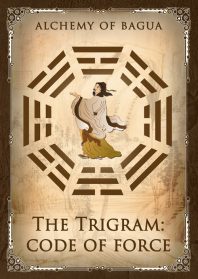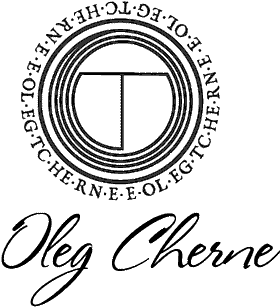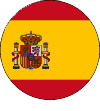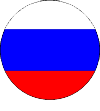The Trigram — Code of Force

Each of the trigrams is a code of force reflecting one of the eight sectors of the macrocosmic sphere. These eight sectors construct a full sphere and mark its centre. Each sector has a specific effort (density) depending on the degree of filling (pressure) and the angle of the effort (movement), which produces a different degree of pressure from the centre towards the outer parts of the circle.
The static view examines the sphere with regards to its content – the sphere is divided into sectors like the spokes of the bicycle wheel, connected in the hub. Thus, the sphere explains the conditions and laws of motion, which do not exceed its limits. Thua eight types of effort are formed: three efforts directed at untwisting the sphere, three – at maintaining it, and two – at connecting it to the centre. This proves that each system connected to movement can be considered from the perspective of five forces, three of which serve to maintain the movement, and two – to restrain it. This idea is reflected in the concepts of the monad of peace and the monad of movement.
In this way a particular direction is given to the force (depending on the trigram, which determines the order and direction of rotation). Therefore, each of the bagua styles must be classified not following the family principle, but rather based on the direction it sets, i.e. the dominant trigram.
Bagua styles like Cheng Tinghua, that of Dong Hai Chuan’s student, as well as the school of the Nine Jade Palaces (Jiu Yu Gong), which adhere to the strict transmission of traditions and spiritual development, must be understood through the matrix of the trigram they prioritise (in case, of course, we are interested in the internal alchemical principles of the practice).
Indeed, all trigrams are represented in the bagua system, however studying even one of them requires the formation of the corresponding axis. In this regard, the knowledge of the first axis is crucial – the knowledge of the rotation of the Gen trigram that is based on the force of Celestial outreach. Or the Li trigram, which is based on the circulation of energy. This has been the case since the formation of the Udan trend that formed the Long Xing school. The Emean schools, which use strenuous physical activity to achieve a split and a release of the jing energy, can be linked to the Zhen and Dui trigrams. However, unless the Earth and the Body have been emptied, which is associated with the Gen trigram, we wouldn’t be able to achieve the filling with the help of the other rotations. Actually, the foundation of the Gen trigram is the simple walking in a circle and reaching a state of ‘hanging’ and a light step.
Naturally, we can improve our bagua as a martial art or simply develop our power with the help of different bagua-zhang styles based on different trigrams, however these would be insufficient if we want to achieve a single unified body, as sooner or later we will start relying on our physical and not on our internal power.
The bagua lines based on the ‘opening’ trigrams Qian, Li, Sun and Dui can develop a person’s energetic body since they are built according to the laws of Yin and Yang (fulcrum – top). The structure of each line resembles a cone where the Yin-Yang law is represented in the base. This construction allows the transition from one level to another, where the top of the cone becomes the centre of the circle at the base of the next level. However, if the Gen axis has not been formed, it might be difficult to form the cone.
This leads us to the fundamental principle of Bagua – first achieve naturalness through the Gen trigram, and then – growth. This natural state is achieved through the harmonisation of the Yin and Yang energies, which helps us to give them direction. Once we have attained harmony, the energy begins to move consistently, depending on the effort applied along the corresponding axis of naturalness. For styles based on trigrams with predominant Yin features, such a spiral movement from cone to cone is hard to achieve. In this case, development follows the pattern of the cube, which is also a central figure with four fulcrum points. This certainly makes sense but may lead to creating a relation between equidistant trigrams.
In this regard, the development method is crucial so that we can avoid creating a random or distorted structure. This would require the creation of additional conditions that would allow the development of the lacking connections. Thus, the bagua-zhang lines based on the Kan, Gen, Kun and Zhen trigrams are under pressure from many external conditions which affect the rhythm for acquiring the practice and bring in a number of modifications and additions. This hinders the development of the alchemical process and the internal work in general.
It is crucial for the bagua-zhang beginner to focus on creating the conditions that would allow them to fill through the practice and learn the principles and sequence of the form without rushing but relying only on their patience and time. We can say they have achieved a breakthrough in their practice only once they have achieved certain internal changes, which also means they can avoid dangerous deviations that would disturb the practitioner’s alchemical work.
Video
Bagua Zhang: teaching of harmony







